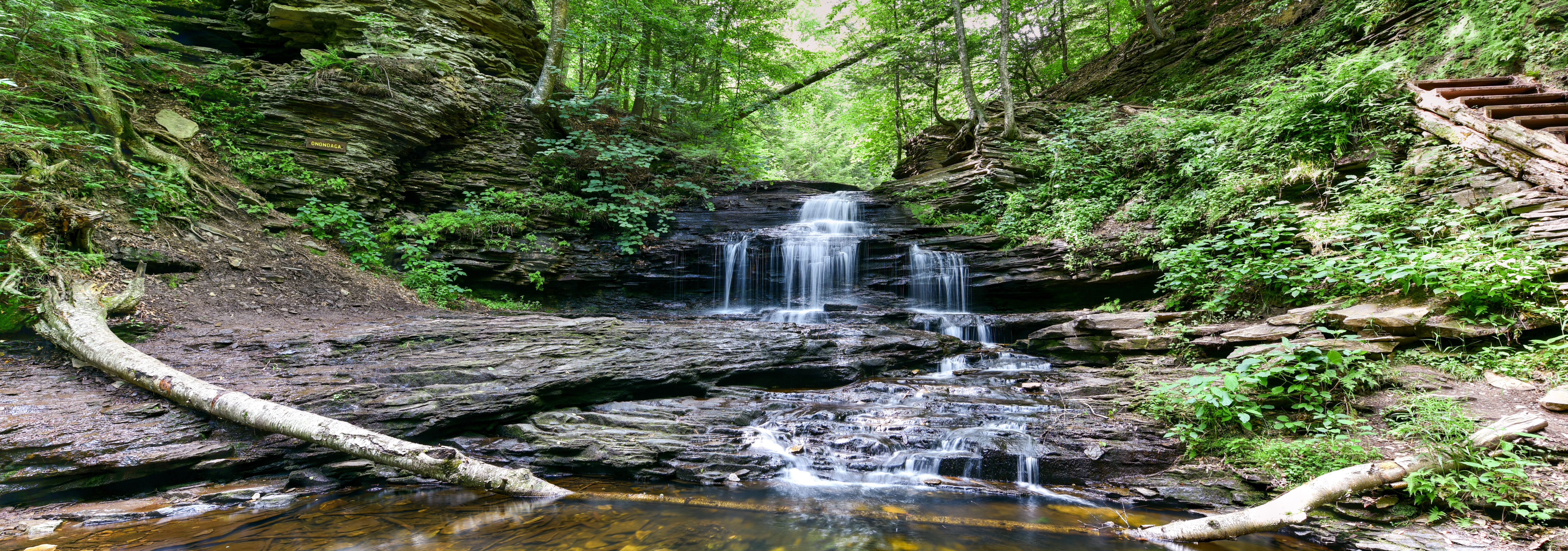Measurement and Modeling of Injection and Flowback for Subsurface Pumped Energy Storage in Horizontal, Fluid-Filled Lenses
Level: Intermediate
Presenter
Andrew Bunger, PhD
Associate Professor
R.K. Mellon Faculty Fellow in Energy
Vice President, American Rock Mechanics Association
University of Pittsburgh
Department of Civil and Environmental Engineering
Department of Chemical and Petroleum Engineering
Please read: After registering on our site you'll receive a PCPG confirmation email indicating Action Required in the subject line. Your registration is not complete until you click through the unique link in that email directing you to the GoToWebinar web site, enter your name, email address, consent to terms and conditions, and click the Register button. Check your spam filter if you do not see the PCPG 'Action Required' email within 60 seconds of registering, here; ask IT to release the Email; if you use Gmail, our system workflow emails are received into some other Gmail folder. Please white-list all @pcpg.org emails.
PCPG will circulate a PDH certificate documenting registrant’s participation time, not to exceed 60 minutes, within 72 hours of the conclusion of the webinar.
Level: Intermediate
Who should attend: The webinar will primarily target those with interests in potential for geomechanics and geosciences to positively impact the transition to renewable energy sources through development of subsurface energy storage solutions. Technical components of the seminar will be of the most interest to those with experience in rock mechanics/geomechanics, but the majority of the seminar will be aimed at an audience with a general background in geosciences but not necessarily a background in geomechanics.
Webinar Overview: Cost-effective energy storage and recovery is essential for the deployment of intermittent renewable energy resources, most notably wind and solar. Traditional pumped hydro storage is typically economically advantageous compared to existing battery technologies, but it is limited in scope due to dependency on terrain with suitable elevation changes. On the other hand, a novel approach of pumped energy storage in the subsurface provides the potential to leverage the ubiquitous difference between the density of water and the density of rock to store and recover energy from manufactured fluid-filled lenses in the subsurface.
This presentation will focus on measurement and modeling of lens behavior for a first-of-its-kind demonstration project in the Western Canadian Sedimentary Basin, Alberta, Canada. The experiment entails creation of a horizontal subsurface lens through fluid injection via a window cut through the casing in a vertical well followed by cycling of smaller injection and flowback stages. Tiltmeter data indicates subhorizontal lens orientation and nearly circular shape. Pressure, rate, and downhole caliper width measurements indicate flowback behavior that is controllable by a choke at the wellhead and that experiences a period of quasi-steady energy recovery which can be followed by simultaneous decrease of flowing pressure, rate, and wellbore lens width that is associated with lens pinching in the near wellbore region. This behavior consistent with predictions from a mechanical model that couples elastic deformation of the lens with Darcy-Weisbach fluid flow spanning the laminar to turbulent regimes. The striking agreement between measurements and a model of a horizontal, circular lens in a semi-infinite elastic domain validates the application of this fully-coupled mechanical model that makes notable simplifying assumptions on lens geometry. The validated model is then used to predict the domain of the circulating fluid as it travels in and out of the lens and to estimate the corresponding fluid and energy efficiencies associated with given designs.
Overall, the study illustrates the feasibility of generating a horizontal lens with simple geometry and direct connection to a vertical wellbore, thereby advancing subsurface efficient pumped energy storage for renewable, but intermittent, energy resources.
About our presenter: Andrew Bunger is an Associate Professor in the University of Pittsburgh's Department of Civil and Environmental Engineering. He joined the University of Pittsburgh in 2013 after spending 10 years in Melbourne, Australia working in the Geomechanics Group within the Commonwealth Scientific and Industrial Research Organisation (CSIRO). Prior to that, he received his PhD in Geological Engineering from the University of Minnesota. His research interests include the mechanics of hydraulic fractures, coupled fluid-shale interaction, emplacement dynamics of magma-driven dykes and sills, and development of novel materials for wellbore cementing and plugging.


